Without high-quality, reliable, compressed air, the modern food and beverage industry would grind to a halt; quite literally, in those facilities where the compressed air system powers the conveyors that move products.
But unlike many compressed air uses, the purity of the air is critical when it comes to food and beverages. Using impure air can risk contaminating food and drink, resulting in spoiling, the loss of entire production runs, and the damaging bad publicity that inevitably follows food scares.
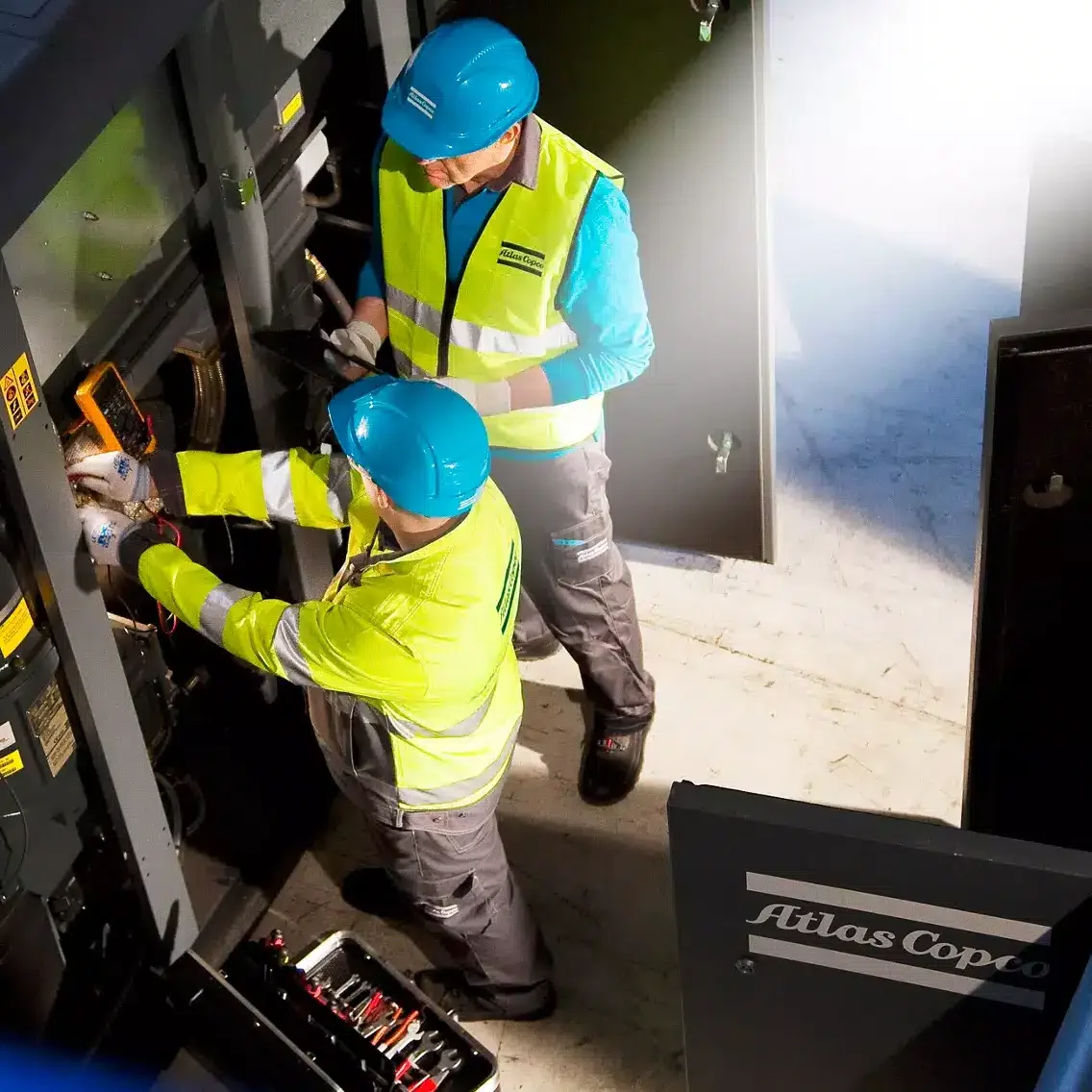
How Air Compressors are used in the Food Industry
It might be easier to list ways compressed air isn’t used. Its versatility means that while many uses are common, you might see quite different applications, even in factories that produce the same food and drinks.
Like any industry, compressed air systems can drive machinery, keeping conveyors moving and powering tools. But some food and beverage applications include:
- Preparing ingredients: high-pressure jets can remove peels or shells from fruit, vegetables, and nuts, as well as slice products, without the hygiene risk that comes with blades.
- Moving and mixing: air can be used to move food, for example, keeping powdered ingredients moving down a tube. Other ingredients can be mixed, for example dry foods, without the damage that can be caused by physical stirring.
- Cooling and freezing: air compressors can produce cold dry air that can rapidly cool products to reduce production times.
- Filling products: compressed air can ensure fillings are distributed evenly in products like cakes and pies, improving the product quality and reducing waste.
- Cleaning: air compressors are often used to keep areas clean, blowing away food debris.
- Packaging: compressed air is a key part of the packaging process, from packing the food, to vacuum sealing food containers or generating nitrogen to fill packets, protecting delicate foods from damage and spoiling.
The Benefits Of Air Compressors
The biggest benefit of compressed air is the increase in efficiency and productivity. Using air ‘blades’ to prepare ingredients, for example, is far more cost-effective than the alternative, manual processes. With the correct calibration, they can replace manual peeling, offering consistent results every time.
But the benefits go further. Even using the food preparation example, they don’t just replace manual peeling, the jets will also blow away the waste, removing the need for human intervention and reducing the need for cleaning. Plus, without a physical blade, it makes processes safer, reducing accident risk, and more hygienic, by removing surfaces that can attract and spread contaminants.
And these primary and secondary benefits can be found in almost every use, allowing for consistent production, while reducing damage, waste, and making your workplace safer for staff.

Additional Benefits Include:
- Improved product consistency: Compressed air reduces variability in processes such as mixing or filling.
- Reduced downtime: High-efficiency compressors reduce the chance of system failures during peak production.
- Lower operational costs: Modern oil-free compressors, like the Atlas Copco Z range, are designed for energy efficiency, reducing electricity costs significantly.
The Challenges of Using Air Compressors
It’s critical in the food and beverage industry to ensure that your compressors meet the rigorous standards needed. The International Standards Organisation (ISO) has defined purity standards for compressed air (ISO 8572-1:2010). This rates compressed air in three classes: dry particulates, water (both liquid and vapour), and oil concentration.
The air quality is listed in an X:Y:Z format. Each purity class is between zero — for the purest air — and six, and each can be independent of the others.
The British Compressed Air Society recommends that, for food and beverages, air compressors should meet classes 2:2:1 for direct contact — where the compressed air comes into contact with the food — and 2:4:2 for indirect contact — such as working with packaging which will then touch the food or drink.
To meet these standards, Atlas Copco’s Class 0 certified compressors, such as the ZR oil-free series, guarantee the highest levels of air purity without compromising energy efficiency.
These standards are incredibly rigorous. To get a class one for oil contamination — recommended for direct contact with food — oil content must be less than 0.01 mg per cubic metre of air. Reaching these standards means using best-in-class equipment, such as the Atlas Copco range we install, and backing it up with regular servicing and maintenance.
The Types Of Air Compressors Available
There’s a bewildering range of compressors available, which might make it hard to decide which is right. In the food and beverage sector, it’s most likely you will use a displacement compressor. This works as you might expect, forcing air into a smaller space to compress it. The main subtypes are piston compressors and screw compressors.
Piston compressors take air into a chamber, and then use a piston to reduce the volume of that chamber. Screw compressors are slightly more complicated, these usually feature two meshed rotors which look like screws. As they mesh together and rotate, the air is pushed into a smaller and smaller space.
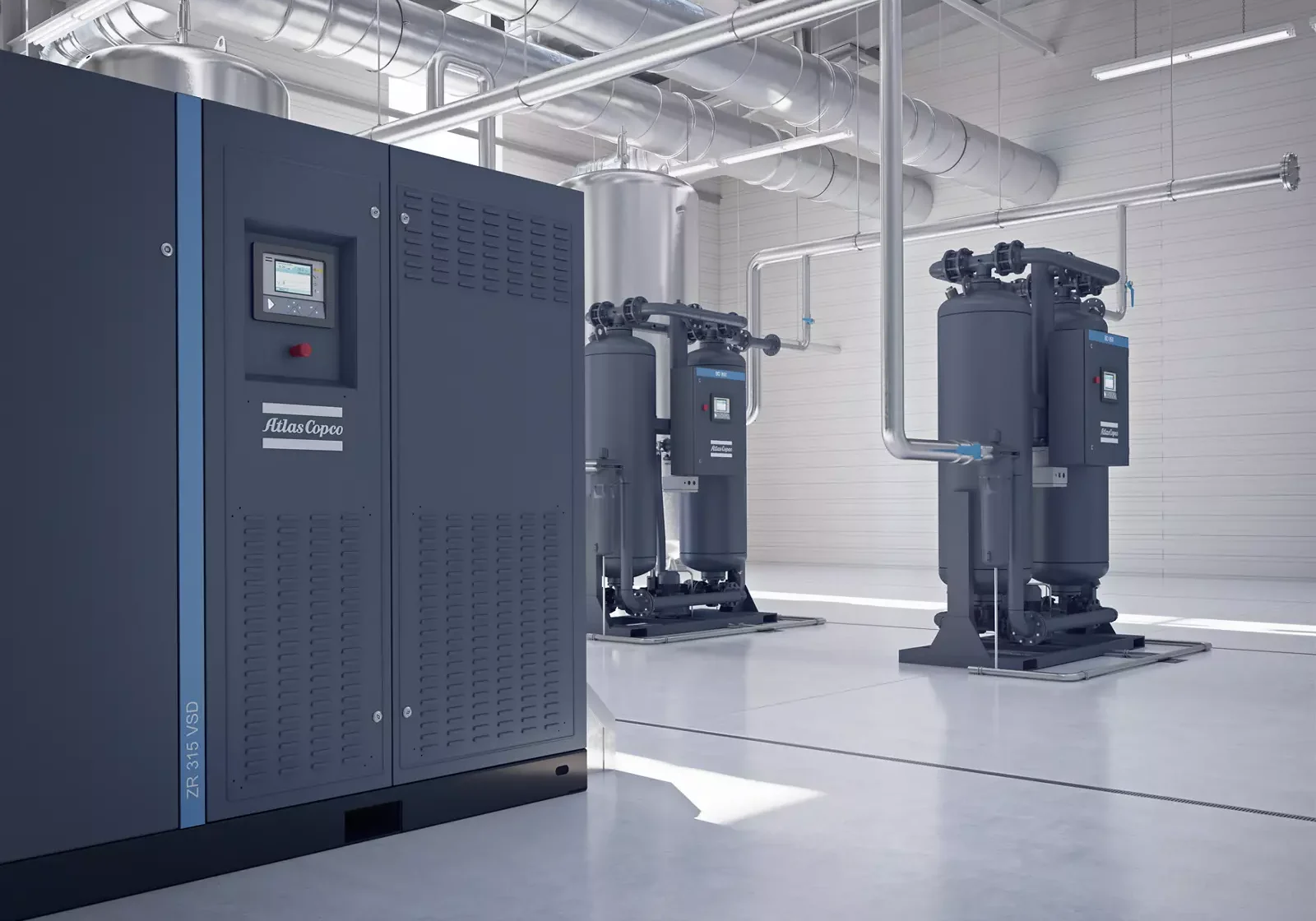
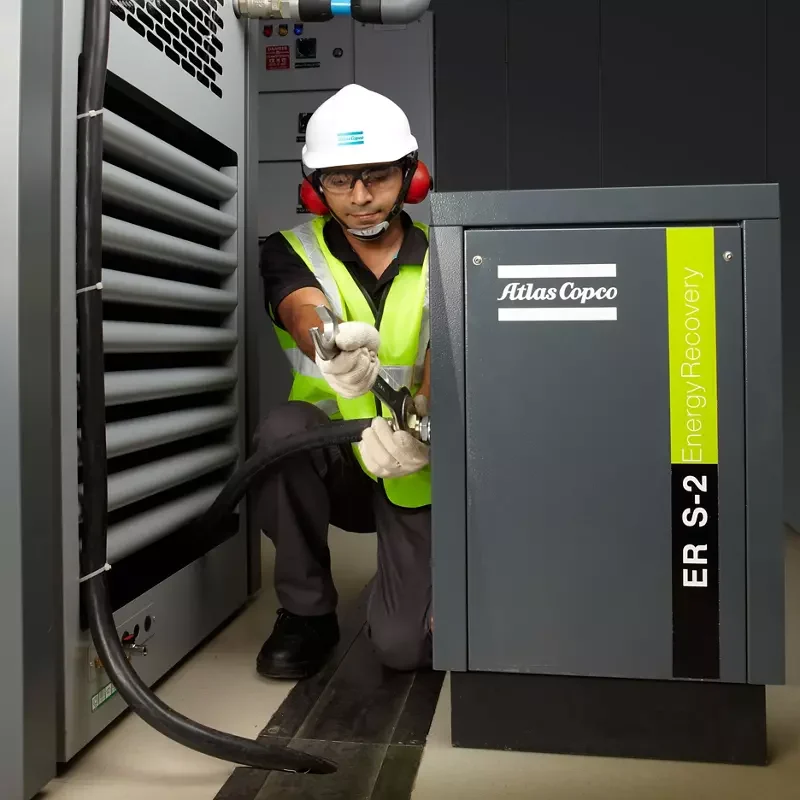
What concerns many, though, is the use of oil in compressors. Oil is used to create seals, as well as reducing natural wear and tear, making it inevitable that some oil will make its way into the air.
Many businesses will choose oil-free compression, as it guarantees oil-free compressed air. However, any compressor can meet the required standards with proper maintenance and filtration. Using Atlas Copco’s advanced filtration solutions ensures that even oil-lubricated compressors can meet Class 2:2:1 standards.
Why Choose Anglian Compressors, a Branch of Atlas Copco?
Anglian Compressors, a branch of Atlas Copco, install systems from Atlas Copco’s award-winning range. Whatever your need, we can help you pick the right compressor and design the perfect installation. Whether it’s for one part of your compressed air needs, or to work at every stage of your production process, we have been helping food businesses keep their operations efficient, and their workplaces and products safe, for decades.
Our installations are backed up by our experienced engineers, who can offer round-the-clock call-out and support, as well as dealing with all your regular servicing needs, to make sure you always know that you can rely on compressed air that performs above the required standards.
We know that your customers trust you to produce safe and high-quality food and drink. We are here to make sure your compressed air lets you do that, and we’ve countless glowing recommendations from satisfied customers.
Choose Anglian Compressors, a branch of Atlas Copco, for:
- Access to Atlas Copco’s Class 0 certified compressors: The gold standard for food safety.
- Customised energy recovery systems: Reduce waste heat and save on energy bills.
- Expert maintenance plans: ensure peak compressor performance and compliance with ISO standards.
Whether you are looking to improve your efficiency, reduce operating costs, or make your processes safer, we can help you. Just contact us for more information.
